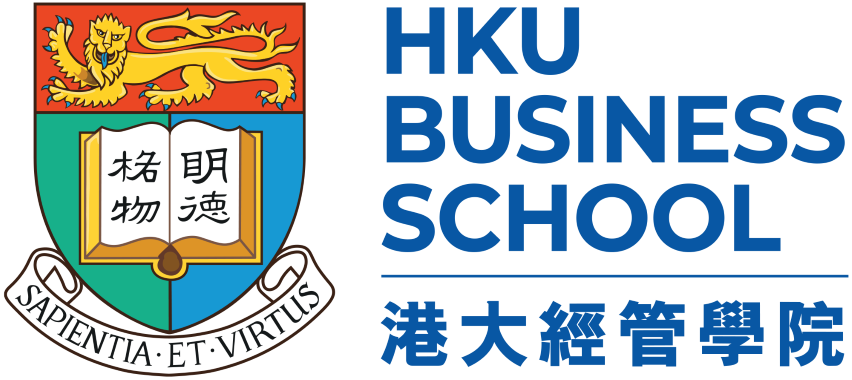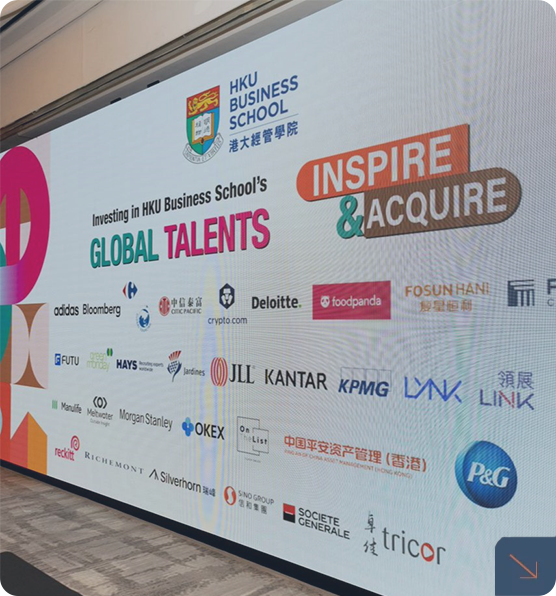Devaluation by Association: Gender Diversification and Performance Recognition in Male-Dominated Occupations
SPEAKER
Dr. Jirs Meuris
Assistant Professor
Management and Human Resources
The University of Wisconsin-Madison
ABSTRACT
Responding to persistent gender inequalities, organizations have adopted initiatives to increase women’s representation in male-dominated occupations. Although sociological research has identified many challenges for the women entering, we know less about the impact on workers inside these occupations. We propose a devaluation-by-association penalty, where incumbent men and women in male-dominated occupations are less likely to be recognized for their performance when their work unit includes more women peers. We test our thesis using longitudinal data on non-monetary awards recognizing front-line police officers in the line of duty. While women officers were less likely to receive an award relative to men regardless of unit gender composition, this likelihood declined for all officers when a larger proportion of women worked in their unit. This devaluation occurred for awards recognizing routine and exceptional performance and regardless of any gender-typing of work tasks in the unit. Further, both men and women managers contributed to this devaluation in their nomination of officers for performance awards, with men managers devaluing men officers more strongly. Collectively, our findings identify a barrier to diversity initiatives aimed at increasing women’s representation in male-dominated occupations as incumbents become penalized for their association with work units that include more women peers.





